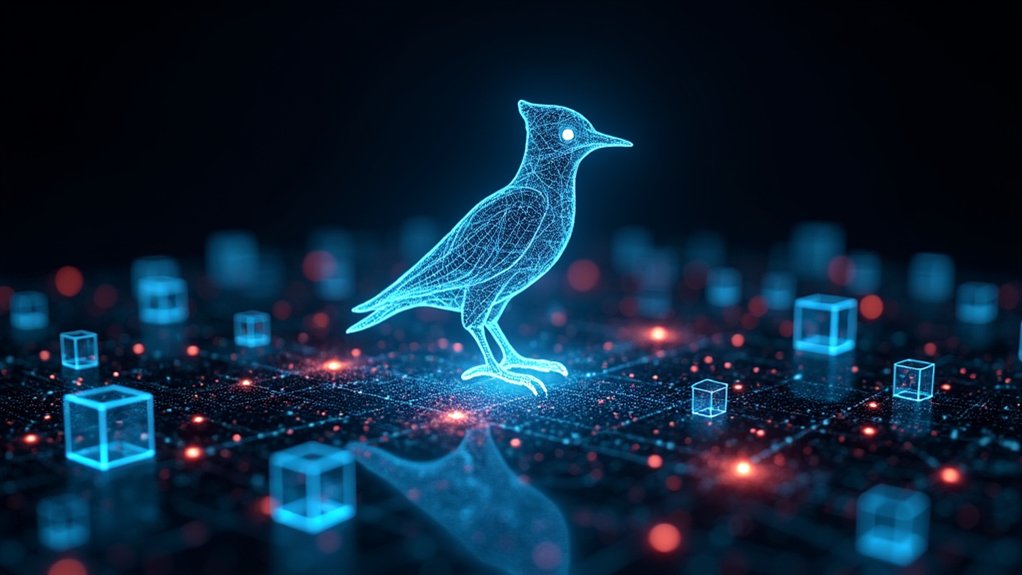As the cybersecurity environment continues to evolve at a rapid pace, the integration of Agentic AI has emerged as a transformative force within enterprise defense systems. With 59% of CISO community members reporting active implementation efforts in 2025, the technology’s adoption represents a significant shift from theoretical exploration to practical application within security operations centers (SOCs). Industry experts at RSAC 2025 note a work in progress approach across organizations seeking to maximize the potential of these AI systems.
The autonomous capabilities of Agentic AI systems are changing threat response mechanisms, facilitating the investigation of common vulnerabilities and exposures in seconds rather than hours. These systems demonstrate advanced perception, reasoning, and action capabilities that allow them to function as intelligent collaborators, adapting to complex environments as they maintain goal-directed behavior in ways that traditional security approaches cannot match. Organizations are increasingly testing Agentic AI within controlled lab environments before full-scale deployment. The rising cost of breaches reaching $4.35 million makes the automated response capabilities of Agentic AI increasingly attractive to organizations.
Industry analysts observe that Agentic AI directly addresses the persistent cybersecurity skills gap by providing autonomous decision-making capabilities that reduce the burden on human analysts. This technological advancement permits real-time threat mitigation with minimal human intervention, allowing cybersecurity teams to focus on high-impact decisions rather than routine tasks that traditionally consumed significant resources.
The technology represents a fundamental departure from traditional AI security measures, pushing beyond the limitations of machine learning and large language models. At RSAC 2025, the ubiquitous presence of Agentic AI messaging across exhibition booths highlighted this paradigm shift, signaling the industry’s recognition of its transformative potential.
Despite implementation hurdles stemming from the technology’s infancy and lack of established best practices, organizations are actively integrating Agentic AI into their defense strategies. The technology’s ability to search external resources, evaluate environments, and autonomously summarize findings addresses the growing alert volume that overwhelms traditional security teams.
Nevertheless, this integration introduces new classes of risks, requiring enterprises to develop strong trust, control, and governance frameworks. As the technology matures and raw data becomes more readily available, Agentic AI is positioned to fundamentally reinvent cybersecurity operations, potentially rendering traditional human analyst roles obsolete in the near future.









